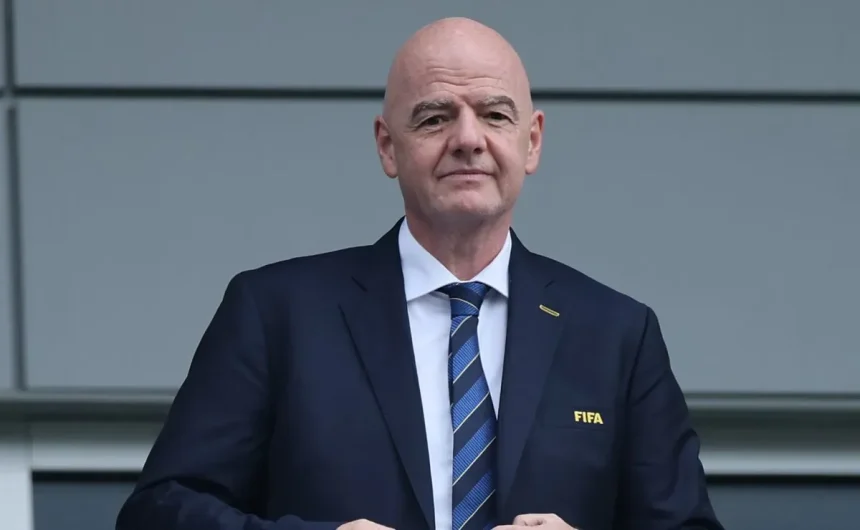The World Cup is, along with the Olympic Games, the most important sporting event on the planet. Millions of fans from every continent turn their eyes to the tournament every four years — and they’ll undoubtedly do so again in 2026, when it takes place in the United States, Mexico, and Canada. However, FIFA president Gianni Infantino addressed potential changes for the future.
Specifically, Infantino pointed to a possible change in the time of year the World Cup is traditionally played. “We have summer and winter and in the world if you want to play at the same time everywhere you can play in March or in October,” he began explaining, according to the BBC.
“In December you cannot play in one part of the world and in July you cannot play in another part,” the FIFA president added. “We need to consider all these elements and let’s see how we can make it better for everyone. Maybe there are ways we can optimise the calendar. We are discussing. We have to have an open mind.”
These ideas are mainly driven by the extreme temperatures in some host nations during major international tournaments. A recent example was this year’s Club World Cup, held in the United States, which coincided with a massive heatwave.
World Cup Trophy
That triggered strong criticism from players’ unions, who deemed the conditions unsafe, especially given an increasingly demanding calendar. Some also argued it impacted the teams’ performances and hurt the overall quality of the tournament.

see also
FIFA president Infantino unveils Trionda as official 2026 World Cup ball with USA, Canada and Mexico colors
The World Cup is already undergoing major changes
If Infantino’s proposal moves forward, it wouldn’t be the first time the World Cup’s traditional dates have shifted. From the tournament’s first edition in Uruguay 1930 until Russia 2018, every World Cup was held — without exception — between June and July. That changed in Qatar 2022, when the tournament was moved to November–December due to Doha’s extreme summer heat.
FIFA has also implemented other changes over the years. The most significant involves the tournament’s format. The early editions had fewer than 20 teams, but over time the World Cup expanded to 24 participants, a structure that remained in place for many years.
Starting with France 1998, FIFA appeared to find the perfect balance: 32 teams, split into 8 groups of 4, with the top two advancing to the round of 16 and, from there, into the knockout stages. This format lasted for seven editions — but it won’t continue in 2026.
Next year, for the first time, the World Cup will feature 48 teams, split into 12 groups of 4. The top two from each group will advance, along with the eight best third-place finishers. The knockout rounds will also expand to include a new phase: the round of 32.
When could the new World Cup schedule take effect?
With just eight months to go before the tournament in the United States, Mexico, and Canada, FIFA has already announced the host nations for the next two editions. The 2030 World Cup will be a historic one: for the first time, it will be played across three different continents. Spain, Portugal, and Morocco will host the bulk of the tournament, while Uruguay, Argentina, and Paraguay will stage a handful of matches to commemorate the 100th anniversary of the inaugural edition.
The 2034 World Cup also has its host locked in. Just 12 years after Qatar 2022, the tournament will return to Asia, this time in Saudi Arabia — and that will almost certainly mean another change of dates. For the same climate-related reasons seen in 2022, the event cannot be held in June–July. This opens the door to possibly adopting Gianni Infantino’s proposed solution of hosting the World Cup in March or October.













